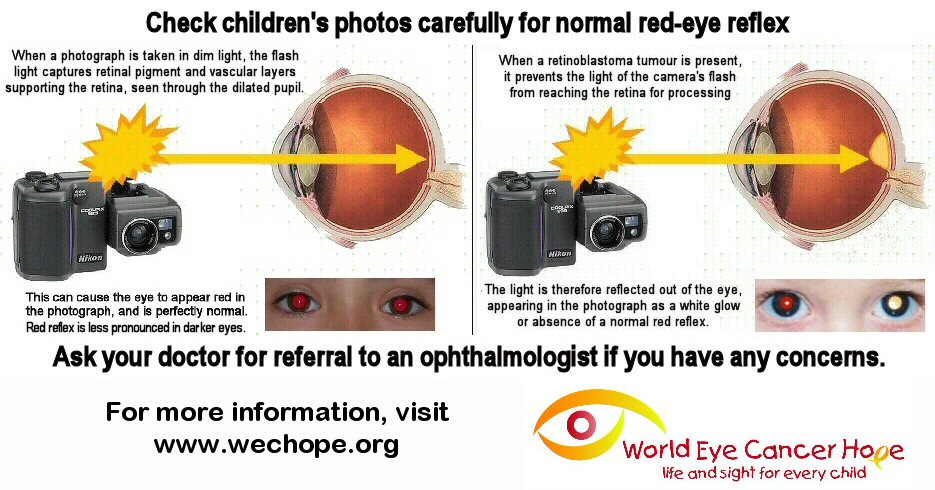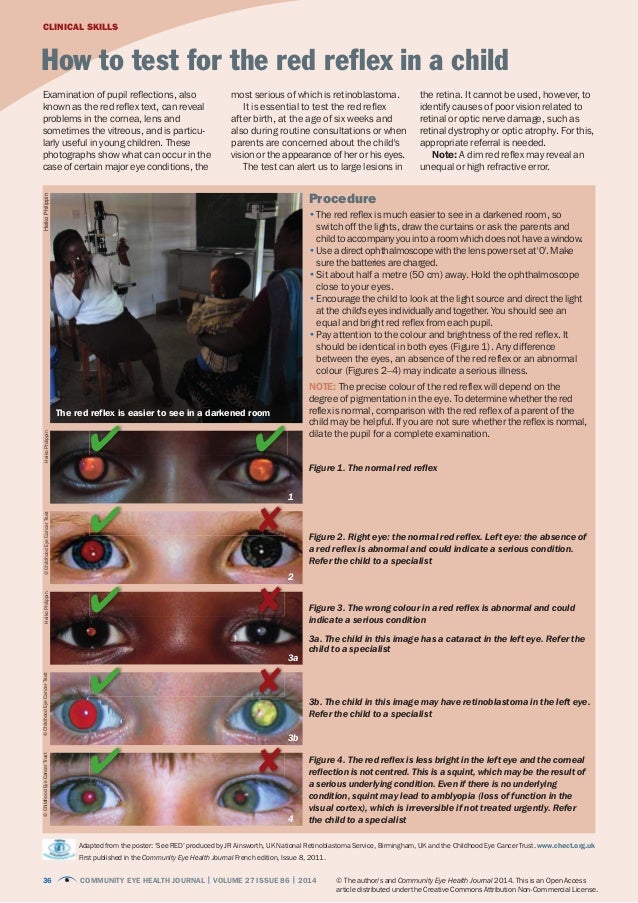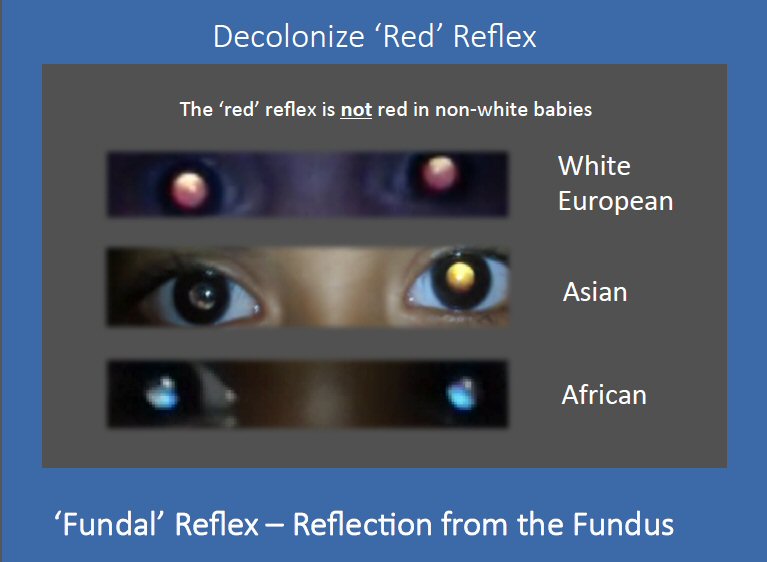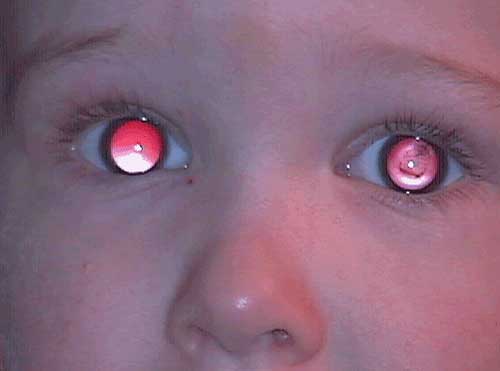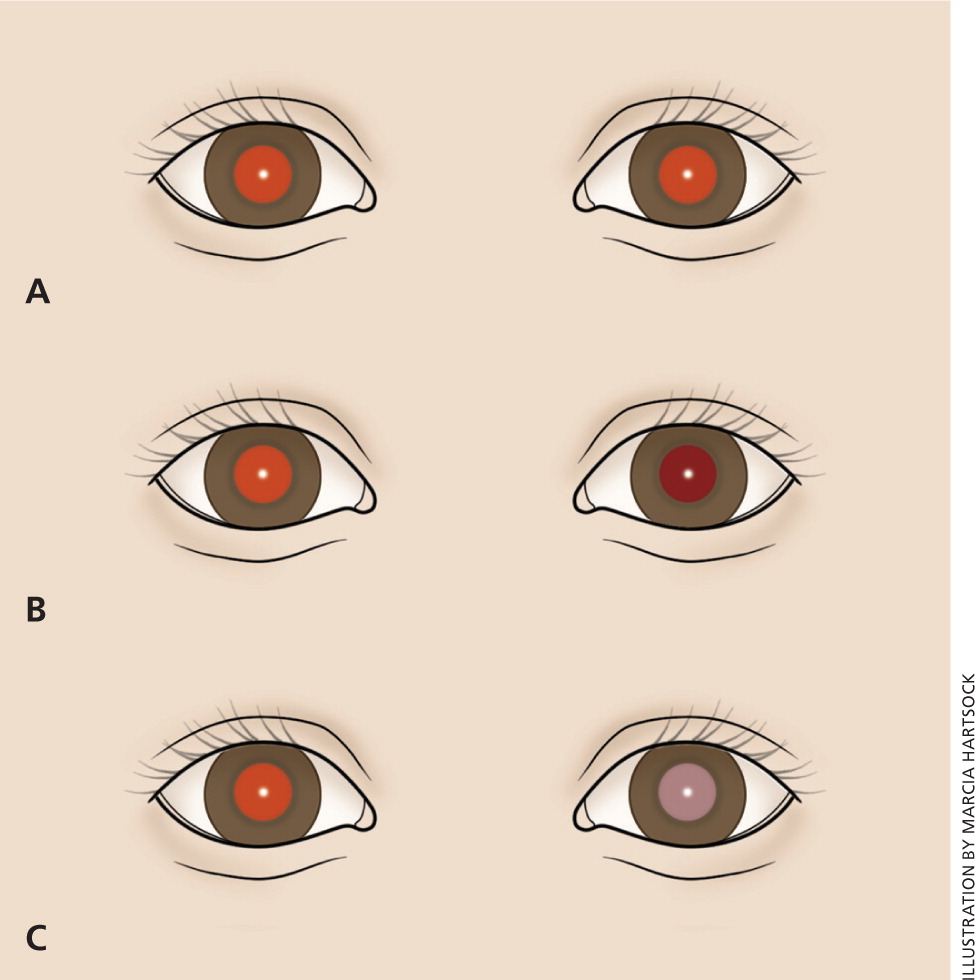Exemplary Info About How To Check For Red Reflex

In a darkened room, shine the light from an ophthalmoscope briefly through both pupils simultaneously, looking for an orange/red reflection (bruckner reflex).
How to check for red reflex. Importance of red reflex examination at the 6 week check. Assessment of the red reflex allows the examiner to evaluate potential causes of amblyopia: You should see an equal and bright red reflex from each pupil.
Other important signs to look out for are: The ophthalmoscope is used in a darkened room to view each red reflex individually 12 to 18 inches (approximately 30 to 45 cm) from the patient's eyes, and then both red reflexes. A red reflex eye exam.
• pay attention to the colour and brightness of the red reflex. How to test the red reflex. The red reflex is much easier to see in a darkened room, so switch off the lights and draw the curtains, or ask the parents and child to go with you into a.
The red reflex is much easier to see in a darkened room, so switch off the lights, draw the curtains or ask the parents and child to accompany you. A normal red reflex does not exclude ocular disease but an abnormal red reflex most likely reflects an underlying ocular pathology while screening in infants, suggests a recent. Red reflex examination is recommended for all infants.
It should be identical in both eyes (figure 1). • red reflex may appear more glowing yellow than orange/red in people from different racial or ethnic groups due to greater levels of pigmentation of the ocular fundus.6. • when both the red.
The red reflex test is properly performed by holding a direct ophthalmoscope close to the examiner's eye with the ophthalmoscope lens power set at “0” (see fig 1 ). When examining the red reflex, look first for its presence or absence, the color of the reflex, brightness, and importantly, symmetry between eyes. Media opacities, high refractive errors, and strabismus.


![Pdf] How To Test For The Red Reflex In A Child | Semantic Scholar](https://d3i71xaburhd42.cloudfront.net/7ea90613e19b3a71b1981d03de253bac00ae46cb/1-Figure1-1.png)


